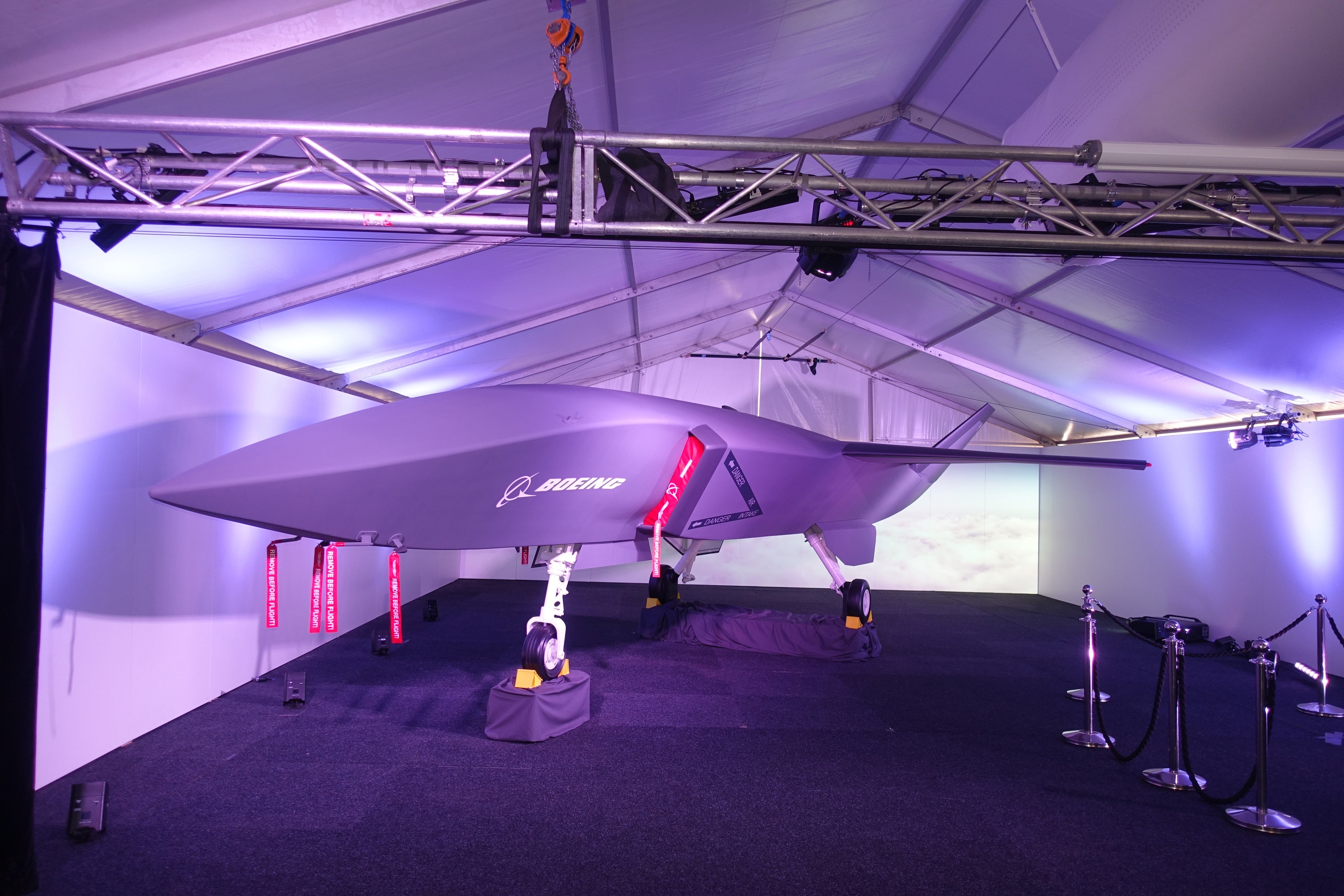MELBOURNE, Australia — Australia’s search for a new unmanned aircraft system to operate from its naval vessels has taken a new twist, as the service announced tweaks to its procurement program to streamline the process and put it in a position to take advantage of future technological advances.
Speaking at a media event during an unmanned aircraft conference during the ongoing Avalon Airshow, officers from the Royal Australian Navy, or RAN, confirmed that it was rolling its two-stage procurement program into one.
The program, Project Sea 129 Phase 5 Maritime Tactical Unmanned Aerial Systems, will look for a single prime contractor to offer a system to operate from all of the RAN’s major fleet units, primarily its upcoming 12 offshore patrol vessels and nine future frigates.
Sea 129 Phase 5 had previously been split into two stages, with the first seeking a system to operate from the OPVs and the second to equip the frigates.
According to RAN Capt. Adrian Capner, Sea 129 Phase 5 will seek a platform systems integrator, or PSI, to be put in charge of the entire program, with the ability to meet capability requirements taking precedence over platform.
“We will tell you what we want the system to do; you are going to come forward and show us how you expect to achieve that,” Capner told the audience.
RELATED

These requirements include being able to operate from the flight deck of a German-designed Lurssen OPV 80-class ships selected by Australia, which are the smallest ships slated to use the selected UAS. The aircraft must be able to perform surveillance and maritime domain awareness missions in Antarctic conditions, and participate in humanitarian assistance and disaster relief.
Capner said the RAN is open to using multiple platforms to achieve the program’s capability goals, adding that the PSI will also be responsible for constant upgrades to the UAS, as the service needs the system to stay relevant over the next few decades.
The program is currently at the request for information stage, with Capner confirming that a request for tender is expected in the first half of 2020 and an initial operating capability planned for the mid-2020s.
This change in procurement strategy appears to reduce the burden of risk on the RAN and lessen concerns about operating outdated technology by the time the platform enters service. Rather, these burdens shift to the winning PSI, who will be responsible to managing the program and adjusting for technological changes when the system is in service.
The reaction to these changes from potential bidders has been mixed.
James Lawless, business development manager at Saab Australia, called it an “intelligent way to approach [the program],” noting that it mirrors Saab’s strategy in partnering with UMS Skeldar and Airflite to offer the UMS Skeldar V-200 UAV.
Meanwhile, Melissa Pina of Northrop Grumman told Defense News that the company will continue looking for its offering based on the latest development. Northrop Grumman previously offered its MQ-8C Fire Scout drone for Sea 129 Phase 5 Stage 2 for the RAN’s future frigates. The Fire Scout is slated to be the platform of choice to go onboard U.S. Navy ships, .
The RAN is currently conducting trials on the use of UAS under a “navy minor project,” operating Schiebel’s Camcopter S-100, the ScanEagle by Insitu (a subsidiary of Boeing), and other UAS from land bases and onboard its ships.
Mike Yeo is the Asia correspondent for Defense News.






